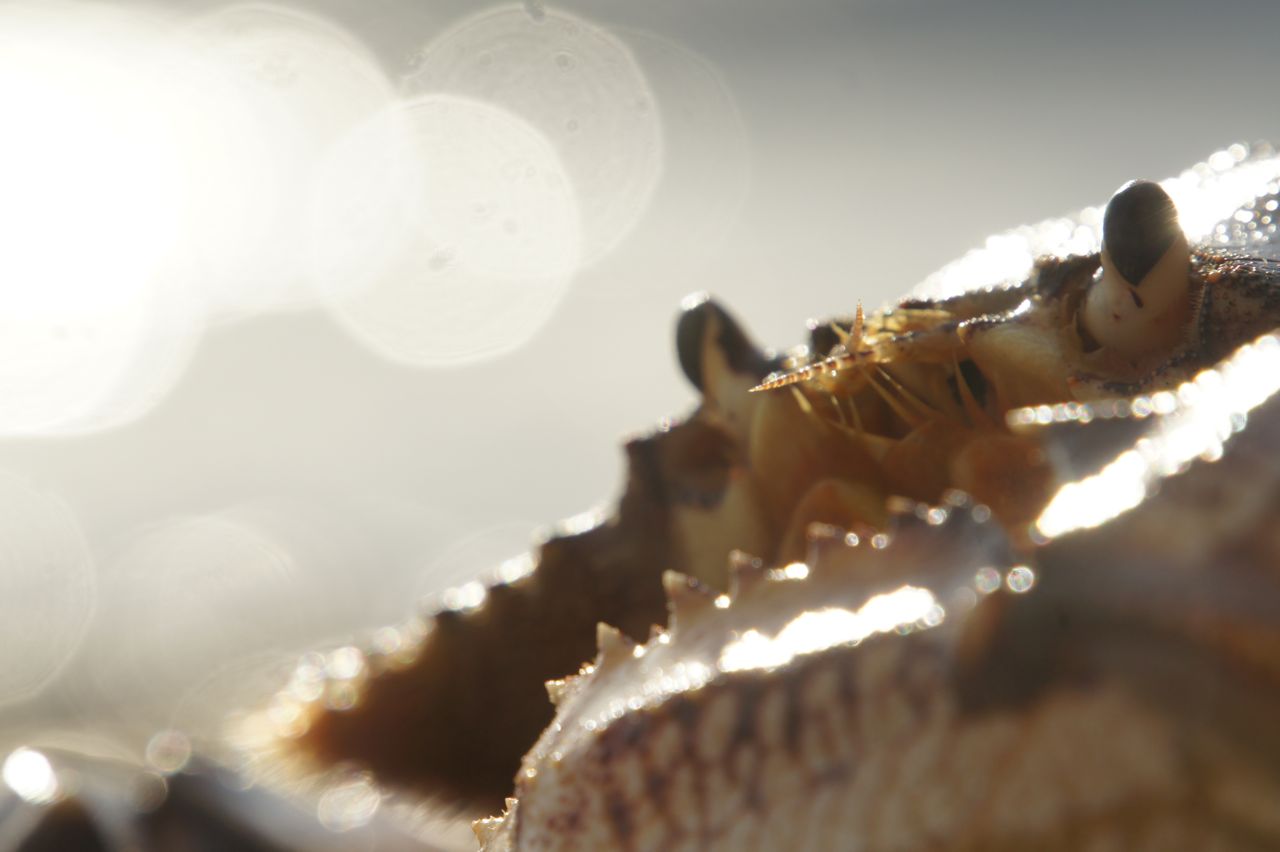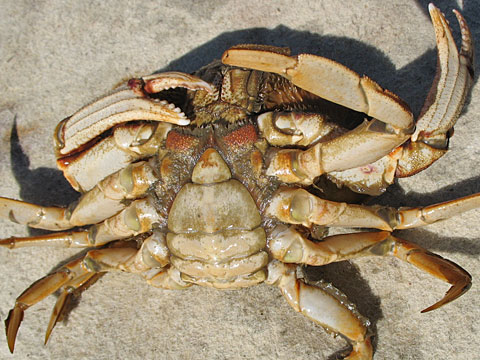Perhaps one of the best culinary treats offered by North Americas rugged west coast is the crab. Crabs are scavengers meaning that their dietary needs are met by the waste of others. They live on the ocean floor where coincidently all waste or potential food, overlooked by other swimming creatures, ends up. So how do we get them from the ocean floor onto our dinner plates? The best method I know of involves utilizing the crab trap.
There are two species of crabs primarily targeted by sports fishermen in British Columbia: Dungeness Crab (Metacarcinus magisterand) and the North American Red Rock Crab (Cancer productus).
Dungeness Crab tend to have more meat that is more easily accessible due to the fact that they typically grow larger and have a slightly easier shells to crack. The North American Red Rock Crab on the other hand is said to have sweeter meat that is much harder to get at. When the only thing standing between a hungry man or women and a sweet chunk of delicious crab meat is a hard shell, effective techniques will most definitely begin to surface. Crab crackers, pliers, a fork or your teeth may all prove to be useful tools in accessing tasty crab meat. A word of caution though-when it comes to Dungeness Crab I have always just used my teeth to crack the shell but with Red Rock Crab I have cracked my teeth trying to crack the much harder shell. Learn from my mistake and use a different tool.
Interesting Facts-Crabby Style
Did you know that in order to signal to a potential mate her readiness, the female dungeness crab will release pheromones by urinating on the antennae of a lucky male crab? Prior to the female crab signaling her availability, the male crab will lock her into a protective embrace lasting up to several days where he will hold her facing him under his abdomen until she offers consent. It is unclear whether or not she has a choice. Several months later, the female with extrude the fertilized eggs from her abdomen where they will remain attached for three to five months until they hatch and become zooplankton. The young crabs will be free swimming upon hatching and reach maturity in about two years.
In order to protect spawning females and preserve the populations of crab in British Columbia anglers are not allowed to retain any female crabs. Therefore, before harvesting these crustaceans you should learn how to identify males and females. The best way to do this is to flip the crab over and examine the underbelly. The male will have a more narrow pointed lighthouse looking feature whereas the female will display a much broader version of the same feature.
Trapping
There are several crab traps available for targeting these tasty crustaceans and they will all work providing you set them with fresh bait on a sandy or gravel bottom near some eel grass or other underwater vegetation. Most people think that since crab a scavengers they will jump at the opportunity to devour rotten matter saturated with stench. However, from my experience, this is not the case. Crab, although they are scavengers, prefer fresh waste and when it gets too foul, they will leave it for other scavengers down the pecking order such as sea-lice and bacteria. So keep your bait fresh. Fish trimmings are a favorite for sure. When baiting your trap make sure to suspend the bait in the middle or the crab will just sit on the outside, reach in and each it from there. The depth at which you can find crab ranges from a couple feet to well over two hundred. So, do a little experimenting and some research. Look for other buoys out there indicating other peoples crab traps, the chances are they have found a spot where crab frequent. Get yourself a trap, some bait and enough rope to reach the bottom and you'll be crabbing in no time. If you would like to focus on targeting red rock crab, set your trap near rock clusters, other than that all the same rules apply. Good luck!
Preparing your catch
How to clean a crab in under two minutes will demonstrate what to do with your catch once you catch it.









